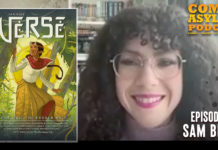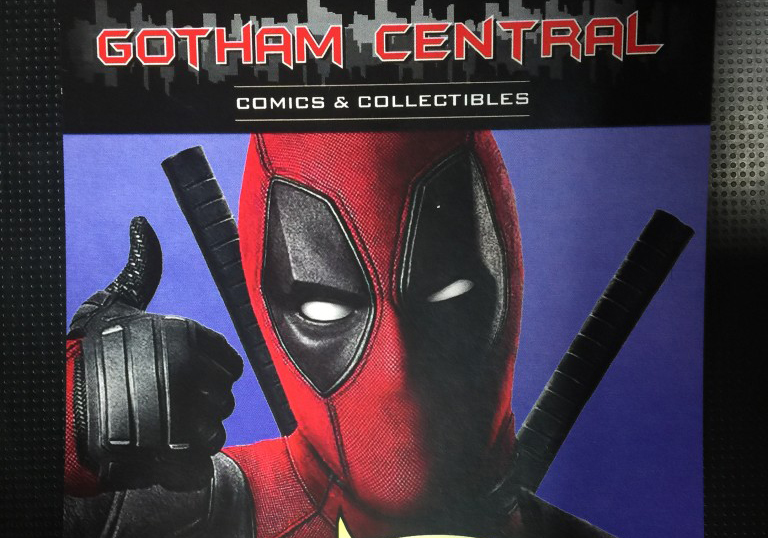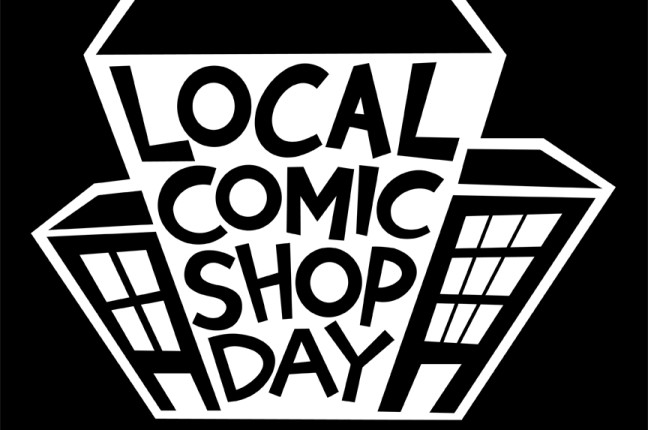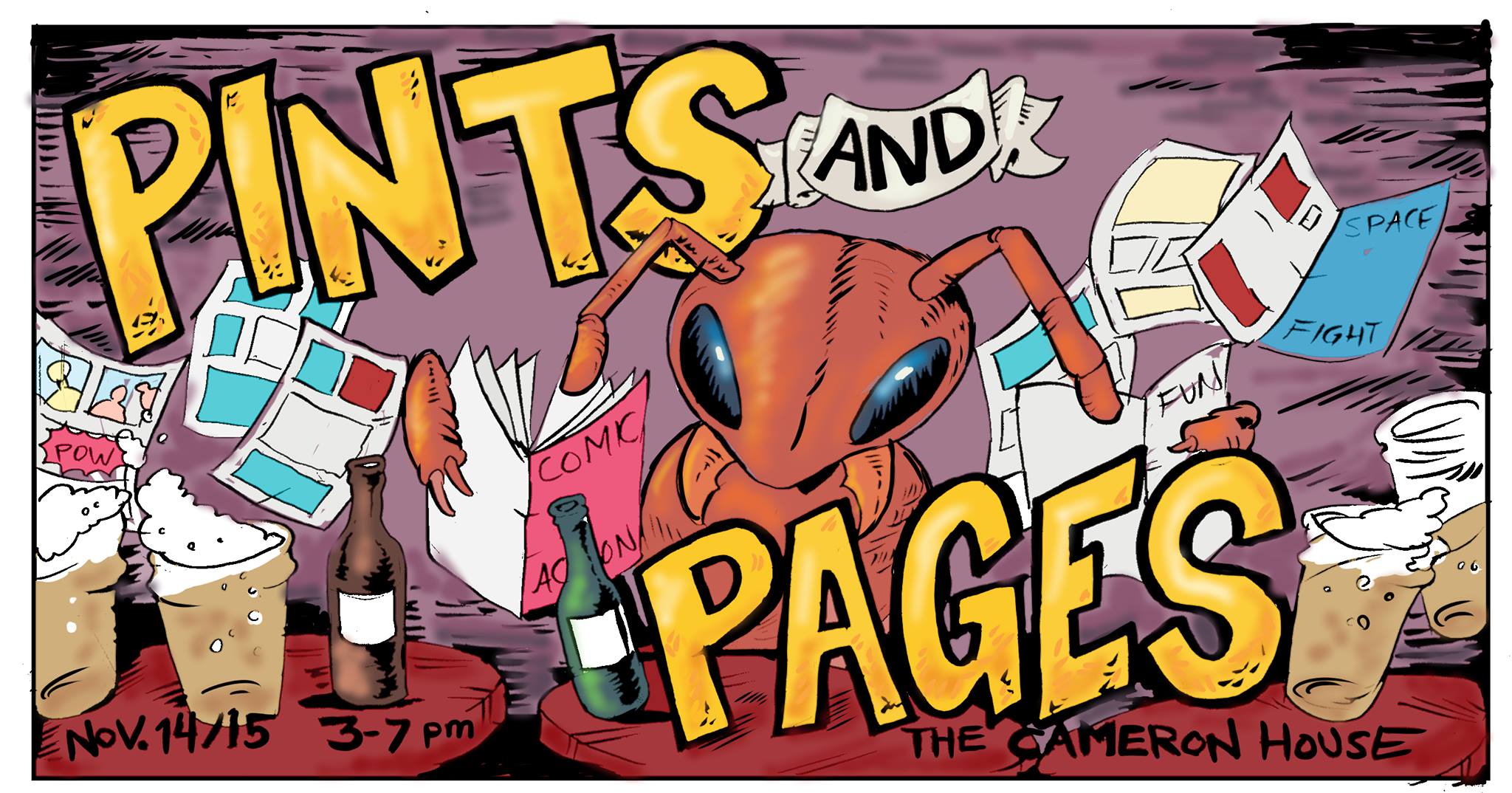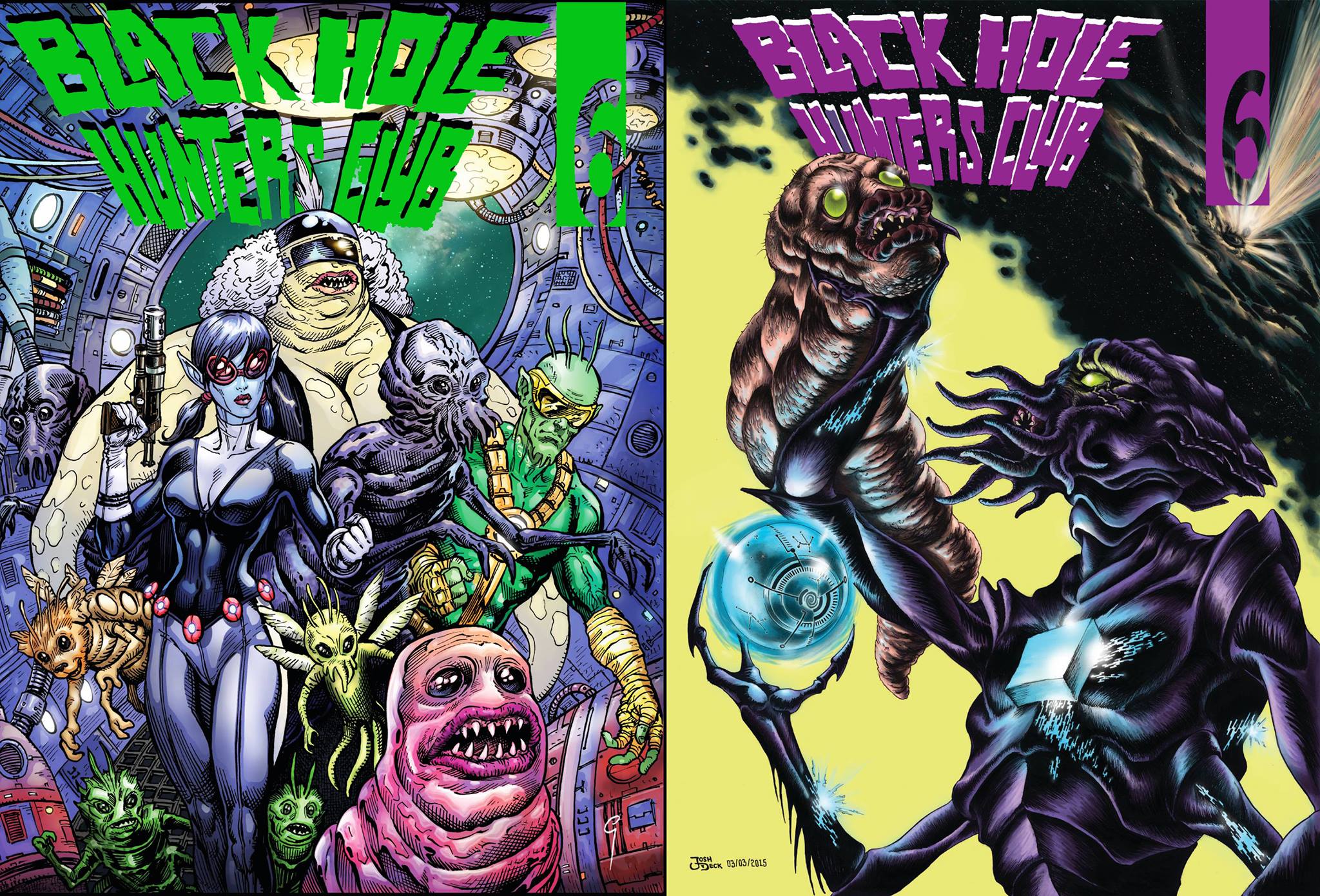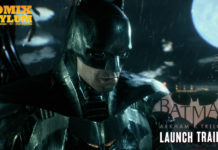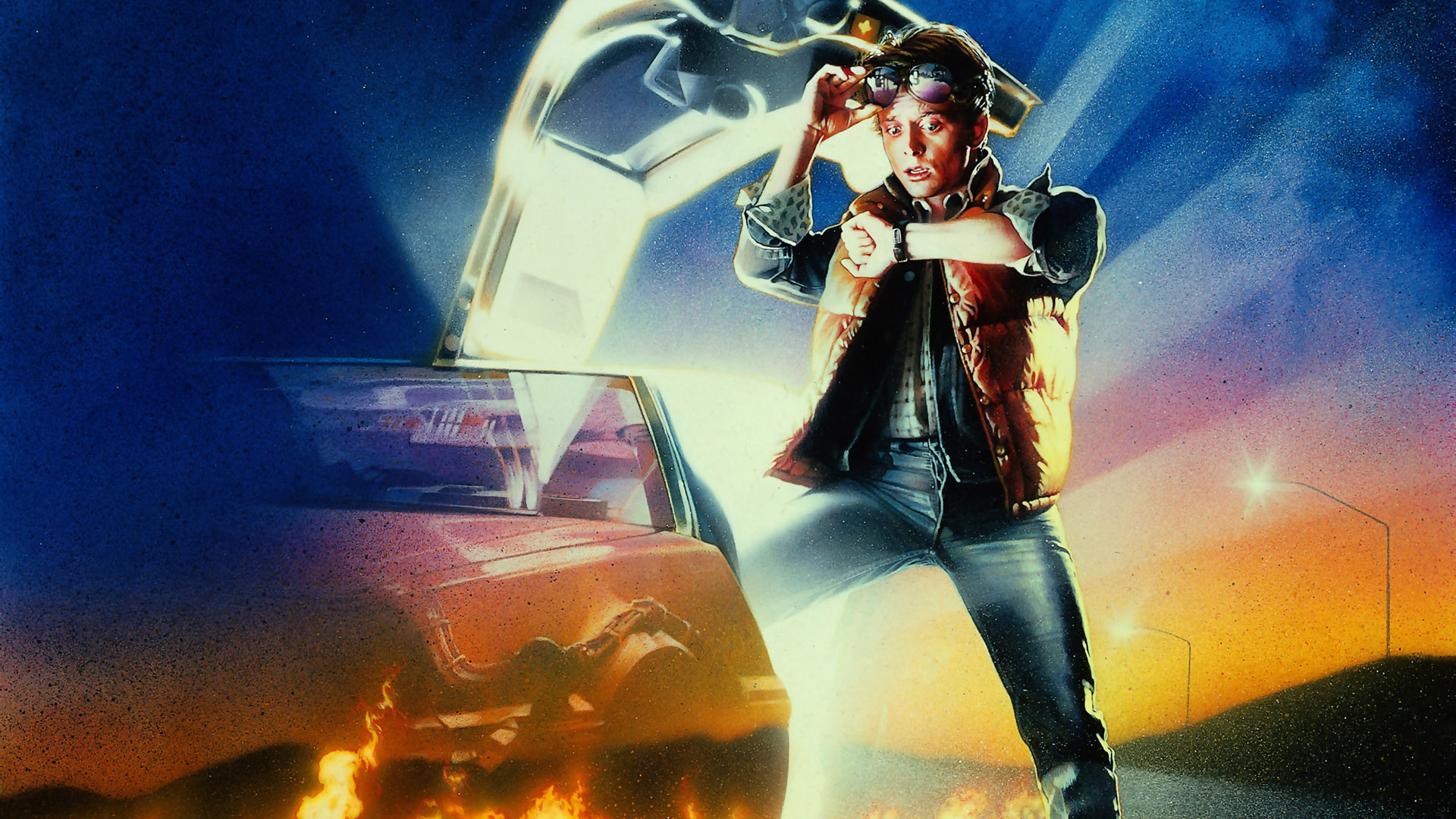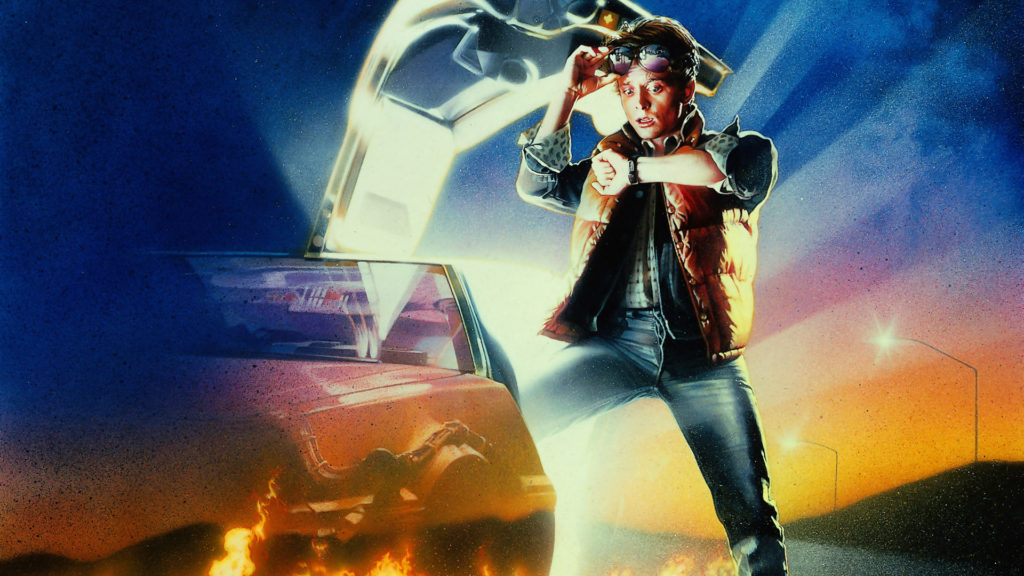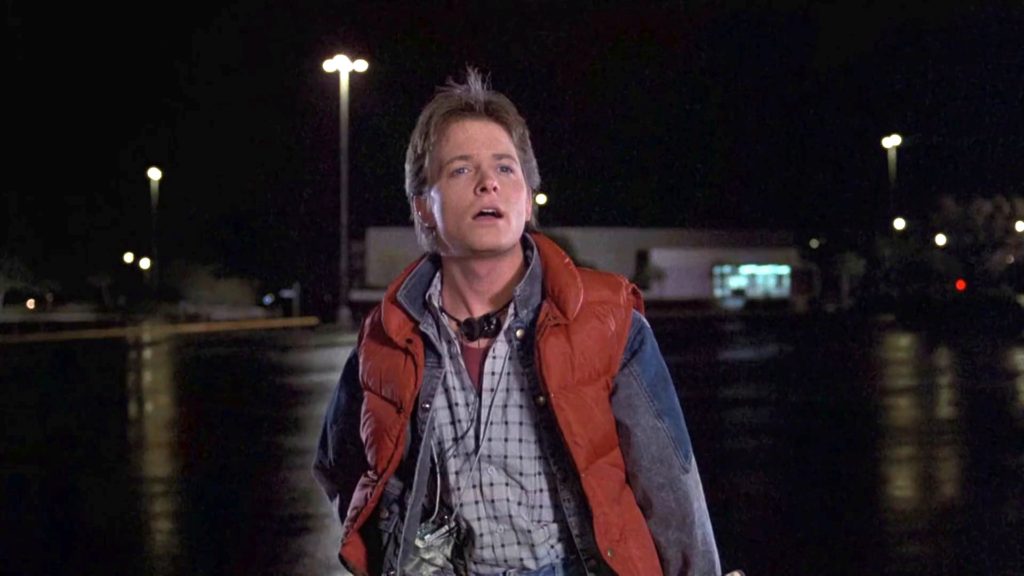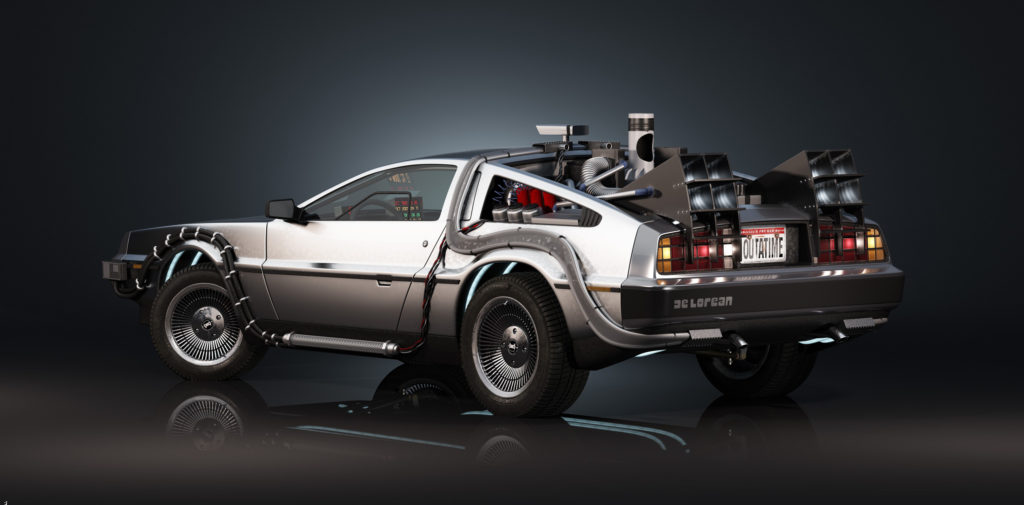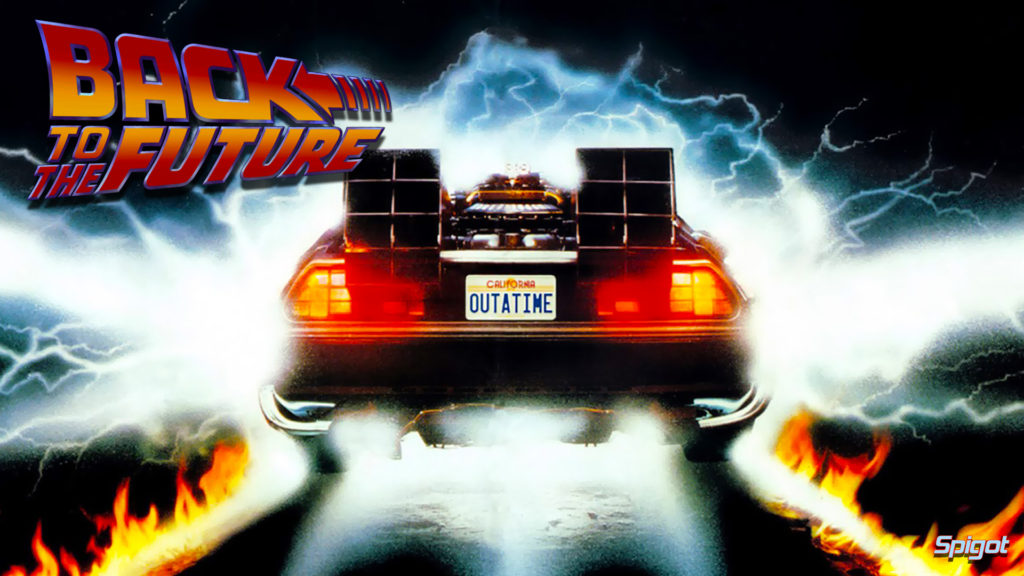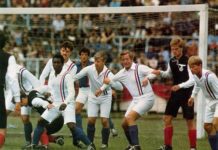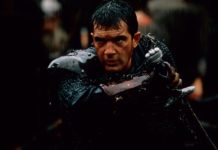If my calculations are correct, when this baby hits 88 miles per hour… you’re gonna see some serious $#*!.
Time travel stories have been part of popular culture for a very long time; the first being the relatively unknown Memoirs of the Twentieth Century (1733), by Samuel Madden, about a series of letters from English ambassadors in various countries to the British “Lord High Treasurer”, along with a few replies from the British foreign office, all purportedly written in 1997 and 1998 and describing the conditions of that era. A Christmas Carol (1843) by Charles Dickens, tells the story of Scrooge, who is accompanied by ghost into the past to show him his life, then to the future to show the consequences of his heartlessness if he does not change his ways. Mark Twain published A Connecticut Yankee in King Arthur’s Court (1889) and a few years later H.G. Wells published The Time Machine (1895). These texts influenced later works such as Isaac Asimov’s Pebble in the Sky (1950), A Sound of Thunder (1952) by Ray Bradbury (which is part of the genealogy of the term The Butterfly Effect) and Robert Heinlein’s All You Zombies (1959) – one of the greatest time travel stories to include the circular paradox. Kurt Vonnegut’s Slaughterhouse-Five (1969) has the protagonist randomly traveling through time in his life jumping from one event to another in no particular order, while Douglas Adams’ The Restaurant at the End of the Universe (1980) has the eponymous diner frozen in the last moment of the universe before it succumbs to final entropy, requiring time travel to reach it.
With the success of time travel in literature, it was a no-brainer that time travel ended up in film and television. However, time travel in films can be tricky; it can be the central theme of the plot or merely a plot device to set the story in motion and to paraphrase Newton, for each action there is an equal and opposite reaction. There are great time travel films such as Somewhere in Time (1981), The Terminator (1984), The Philadelphia Experiment (1984), Bill and Ted’s Excellent Adventure (1988), and Twelve Monkeys (1996). For those Van Damme fans, Timecop (1994) is his best film, and fans who were teens in the ‘80s and like a side of raunch (such as yours truly and the entire Comix Asylum staff), Hot Tub Time Machine (2010) takes you where you want to go.
Invoking Newton, there are some not so great time travel films as well; Timerider: The Adventure of Lyle Swann (1982), Millennium (1989), Time Chasers (1994) which utilized a Commodore 64-powered airplane to achieve time travel, and Black Knight (2001) which Jami Bernard writes in his New York Daily News’ review “makes Big Momma’s House look like Citizen Kane.”
There are times when the studios get it right (see the aforementioned great films) and Universal Pictures hit a massive home run with Back to the Future (1985) directed by Robert Zemeckis. The film touches upon a belief firmly held by teenagers regardless of when they were born: that their parents were never teens themselves. They were children once and somehow skipped over into adulthood without being teens. This doesn’t really happen, but all teens from all eras ask the same rhetorical question: how could their folks have been teens and not understand their own children? Back to the Future shows that you can travel back in time when your parents were teenagers and help them at the moment they most needed it.
In 1985 teenager Marty McFly (Michael J. Fox) is an aspiring musician dating girlfriend Jennifer Parker (Claudia Wells) in Hill Valley, California. His family, however, is less ambitious; his father George (Crispin Glover) is bullied by his supervisor, Biff Tannen (Thomas F. Wilson), while his mother Lorraine (Lea Thompson) is an overweight alcoholic who mainly reminisces about the past, such as how she met George in high school when he was hit by her father’s car.
Marty is accidentally sent thirty years into the past in a time-traveling DeLorean invented by his friend, Dr. Emmett Brown (Christopher Lloyd), and must ensure his high-school-age parents unite in order to save his own existence. At the same time, he must deal with a younger Biff who picks on George, hits on Lorraine, and convince a younger Doc he is not and help him return to his own time.
In an interview with Empire magazine, co-writer and producer Bob Gale said he conceived the idea after he visited his parents in St. Louis, Missouri. Upon finding his father’s high school yearbook, Gale discovered he was president of his graduating class. Gale thought about the president of his own graduating class, who was someone he had nothing to do with. He wondered whether he would have been friends with his father if they went to high school together.
Zemeckis told Empire he and Gale “thought it’d be a really clever time-travel story, one we hadn’t seen before. I think the thing that turned out to be the most fun was being able to tell a story about a teenage kid who went back in time in the recent past to see his parents as teenagers. That’s what we had the most mileage out of rather than sending him back to prehistoric times.”
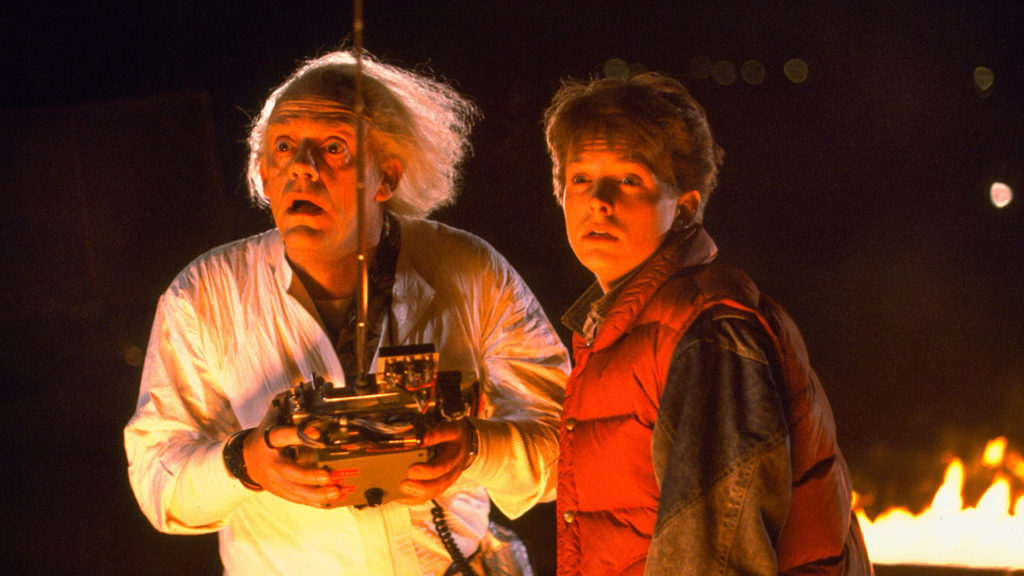 Choosing the recent past, 1955, proved to be a wise and pivotal choice; the ‘50s marked the rise of teenagers as an important cultural element, the birth of rock n’ roll, and suburb expansion, which added layers to the story. It also provides what many perceive to be the main running gag in the film; how the town has changed in thirty years. But there is more to it than merely a gag. Zemeckis grew up in the ‘50s and it’s clear to see the fondness he has for small-town America in that era. This sense of nostalgia is most notable in the town square, with the full service Texaco station attendants rushing out to greet a newly parked vehicle. Marty stares in disbelief as the men in caps and overalls check the oil, fill the tank and clean the windscreen, a service virtually unknown today and one that was uncommon in 1985. Ronald Regan stars in the film playing at the local cinema which provides another gag for those in the know; before Regan was President of the United States of America he was a popular film actor. In addition, the diner is an iconographic articulation of 1950s small-town America, with pastel colours, glass Coca-Cola bottles, milkshakes, popular music and advertising signs on the walls. This is in direct contrast to the brighter colours, homeless people and pornography playing at the local cinema in the Hill Valley of 1985. Zemeckis seems to believe the ‘50s were better than the 1980s; but then again, we tend to look back on our childhood with the same nostalgic fondness.
Choosing the recent past, 1955, proved to be a wise and pivotal choice; the ‘50s marked the rise of teenagers as an important cultural element, the birth of rock n’ roll, and suburb expansion, which added layers to the story. It also provides what many perceive to be the main running gag in the film; how the town has changed in thirty years. But there is more to it than merely a gag. Zemeckis grew up in the ‘50s and it’s clear to see the fondness he has for small-town America in that era. This sense of nostalgia is most notable in the town square, with the full service Texaco station attendants rushing out to greet a newly parked vehicle. Marty stares in disbelief as the men in caps and overalls check the oil, fill the tank and clean the windscreen, a service virtually unknown today and one that was uncommon in 1985. Ronald Regan stars in the film playing at the local cinema which provides another gag for those in the know; before Regan was President of the United States of America he was a popular film actor. In addition, the diner is an iconographic articulation of 1950s small-town America, with pastel colours, glass Coca-Cola bottles, milkshakes, popular music and advertising signs on the walls. This is in direct contrast to the brighter colours, homeless people and pornography playing at the local cinema in the Hill Valley of 1985. Zemeckis seems to believe the ‘50s were better than the 1980s; but then again, we tend to look back on our childhood with the same nostalgic fondness.
The first draft was written in 1981 and was rejected by the major studios for not being adult enough; in the early 1980s popular teen comedies such as Fast Times at Ridgemont High and Porky’s were risqué and adult-aimed. Funnily enough, both films are considered tame by today’s standards. Zemeckis and Gale, who worked previously together on Used Cars (1980) and I Wanna Hold Your Hand (1978), considered calling in Steven Spielberg to be attached to the project (Spielberg had produced the aforementioned films, both of which flopped), but feared another box office crash would end their film careers. Zemeckis told Empire “Three years went by and I did Romancing the Stone that was fortunately a hit. Then everyone wanted to do Back to The Future. I thought it was only appropriate to go back to the one guy who had faith in it based on the material itself, and that was Steven.”
Michael J. Fox was the first choice to play Marty McFly, but his commitments to the TV series Family Ties prevented him from taking the role. At the time, co-star Meredith Baxter was on maternity leave and Fox was deemed too important to the success of the show. Zemeckis told Empire he “was given an ultimatum by the head of the studio who said, “We want this movie for Memorial Day, the last weekend in May, or we’re not gonna make it.” Michael was not available to do the movie until the first of March. So I was given this Sophie’s choice of an ultimatum.”
After a lengthy process Eric Stolz was cast as Marty and the film went into production. However, after four weeks of shooting Zemeckis realized Stoltz was not right for the part. “I just miscast Eric,” he told Empire. “It had nothing to do with his talent or his abilities. He’s a magnificent actor. His comedy sensibilities were not the ones I had in mind for the movie.” Indeed, Stoltz made an impression in his portrayal of Roy L. Dennis in Mask (1985) which led to high profile roles in such films as Some Kind of Wonderful (1987), Memphis Belle (1990), Singles (1992), and most notably Pulp Fiction (1994). Stoltz concurred he was wrong for the role and left on good terms; now it was time for Zemeckis and company to regroup.
Fox’s schedule opened up in January 1985 as Baxter returned from maternity leave. They met with Gary David Goldberg, producer of Family Ties and a deal was struck. “Scheduling became quite complicated because Michael was doing his TV series Family Ties during the days,” Gale said in an interview with The Guardian. “Then we’d get him from 6pm and work with him through until one or two in the morning. He was young, so he could go without much sleep. He was a real champ. We’d work round him: in the McFly’ dinner scene early in the film, everyone else gets two-shots, but Michael is seen in closeup because his shots had to be done separately.”
The Hill Valley town square scenes were shot on the Universal back lot as shooting on location would have been impossible; “no city is going to let a film crew remodel their town to look like it’s in the 1950s,” Gale said in an NBC special on the making of the film. They “decided to shoot all the 50s stuff first, and make the town look real beautiful and wonderful. Then we would just totally trash it down and make it all bleak and ugly for the 1980s scenes.”
On a production budget of $19 million, Back to the Future has grossed over $381 million and was the number one film in 1985 as well as ranked 61st all time in adjusted dollars. It is certified 96% fresh rating on Rotten Tomatoes with consensus on the site that states the film is “inventive, funny, and breathlessly constructed … a rousing time-travel adventure with an unforgettable spirit.” The film also made the DeLorean car a film icon. In addition, Huey Lewis and the News became huge stars with the theme song “The Power of Love”, which hit number 1 on the Billboard Hot 100 and Top Rock Tracks.
The film spawned two sequels, and Zemeckis tells Empire they “never designed the first Back to the Future to have a sequel. The flying car at the end was a joke, a great payoff. We thought this would be really hard to unravel and do again. But when you make a movie that’s as successful as Back to the Future, it becomes this piece of corporate real estate. It becomes bigger than you as a filmmaker. You’re basically given a decision: we’re making a sequel, do you want to be involved in it or not? So we felt we had to protect our work.”
Back to the Future Part II was released on November 22, 1989 and according to Box Office Mojo and Rotten Tomatoes saw similar financial and critical success as the original, finishing as the third highest-grossing film of the year worldwide. The film continues directly from the ending of Back to the Future and follows Marty and Doc as they travel into the future of 2015, an alternative 1985, and 1955 where Marty must repair the future while avoiding his past self from the original film.
Part II became notable for its 2015-setting and predictions of technology such as hoverboards, and The Guardian published an article in January, 2015 about what the film got right in its predictions.
Back to the Future Part III, was released on May 25, 1990 and followed Marty as he travels back to 1885 to rescue a time-stranded Doc, which was the cliffhanger at the end of Part II. Part III was less financially successful than its predecessors despite being better received by critics.
Back to the Future has all the right components for a successful film. It has a great script that balances science fiction, humour, seriousness, and romance into a tight package that both adults and kids can enjoy. In addition to great writing and directing, the film really benefits from solid performances in its cast, from Fox and Lloyd’s friendship as Mary and Doc Brown, to Glover and Thompson’s portrayal of Marty’s parents and Wilson as the quintessential teen bully in Biff. While besieged by problems and adversity from the start, the finished product makes it pretty clear that lightning was trapped in a bottle in this film, and can be enjoyed whether it’s 1985, 2015 or beyond.
This article appeared in Issue #10 of Comix Asylum Magazine (May 2015).





